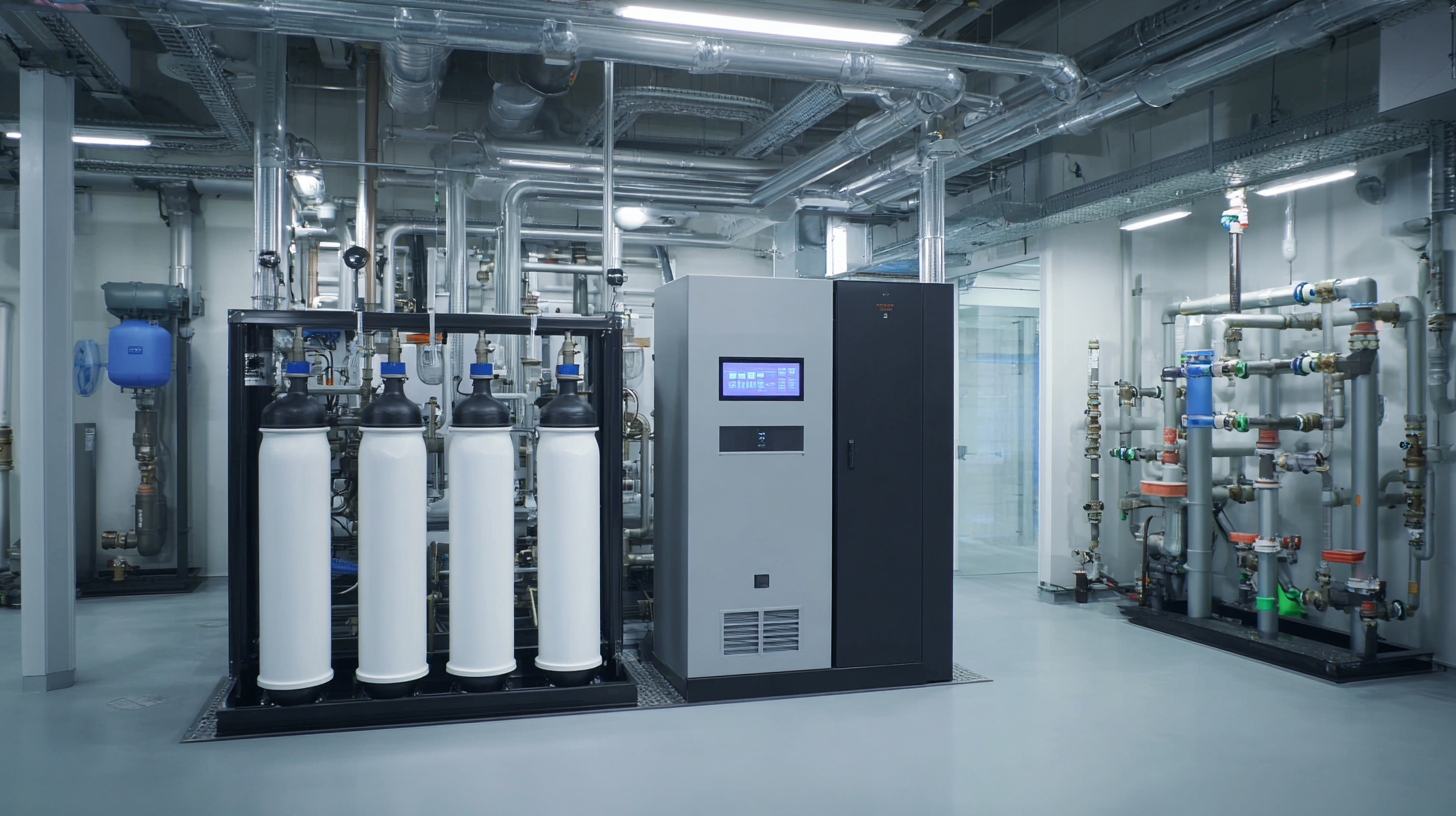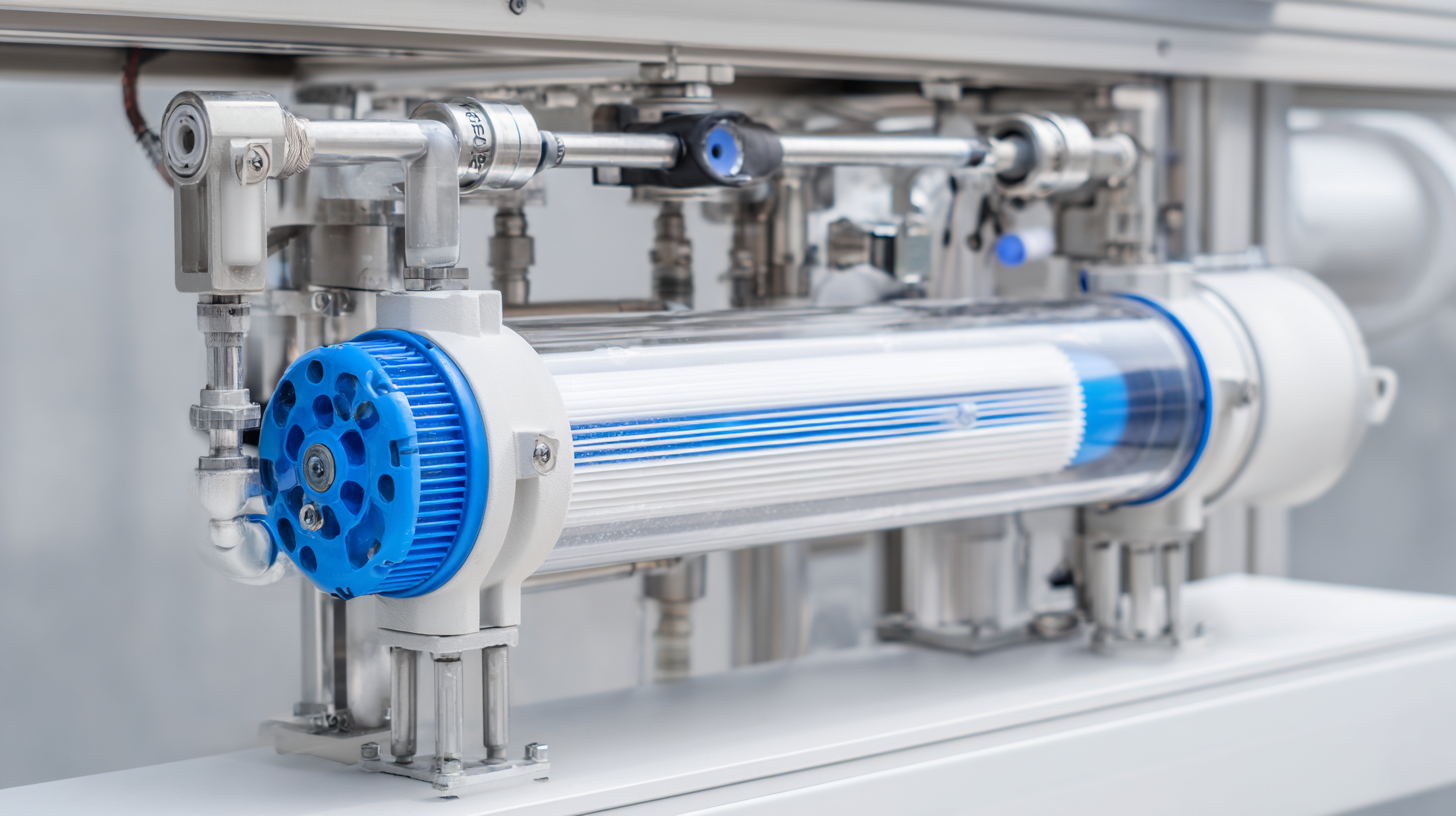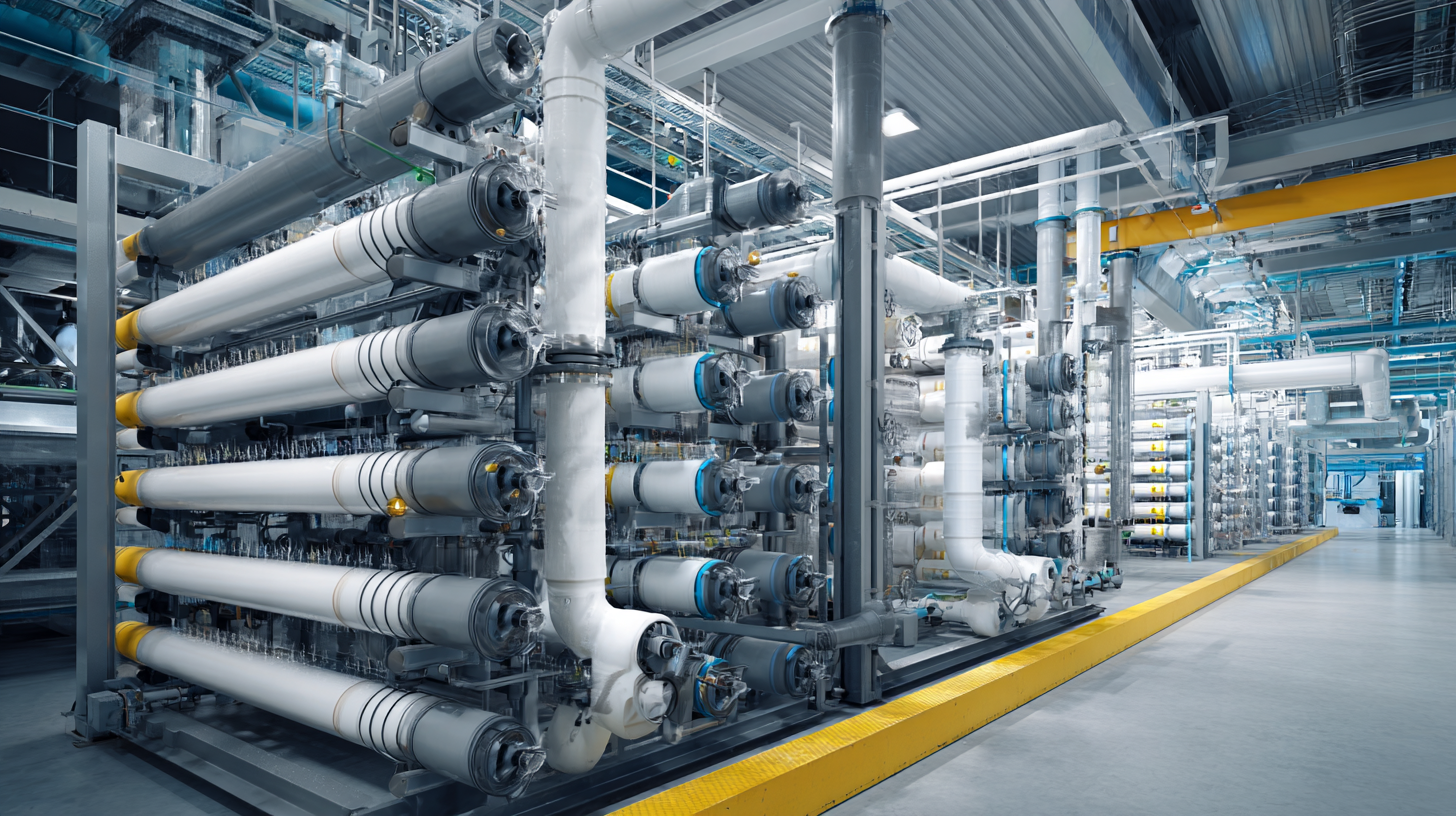Leave Your Message
Request a Quote
In today's world, the importance of clean and safe drinking water cannot be overstated, making the choice of an appropriate filtration system a critical consideration for households and businesses alike. With a myriad of options available in the market, ranging from activated carbon filters to reverse osmosis systems, selecting the best filtration system can seem overwhelming. This essential guide aims to simplify the decision-making process by highlighting key factors and expert insights that contribute to effective water purification.

By understanding the specific needs, budget constraints, and technical specifications of various filtration systems, consumers will be empowered to make informed choices that ensure the health and well-being of their families. Join us as we delve into the top types of filtration systems and uncover what truly matters in achieving clean, safe drinking water.
Filtration systems play a critical role in safeguarding both our health and the environment. According to the World Health Organization (WHO), contaminated water is responsible for an estimated 2 million deaths annually, highlighting the urgent need for effective water purification solutions. A well-designed filtration system can significantly reduce harmful contaminants, such as heavy metals, pathogens, and chemical pollutants, ensuring safe drinking water. Moreover, the Environmental Protection Agency (EPA) acknowledges that air quality directly affects public health; inadequate filtration can lead to exposure to airborne toxins that contribute to respiratory diseases, allergies, and other chronic health issues.
Investing in a quality filtration system not only protects individual health but also contributes to broader environmental sustainability. The Global Water Intelligence report indicates that improperly treated wastewater can lead to the release of toxic substances into ecosystems, disrupting wildlife and human communities alike. By choosing an efficient filtration solution, households can minimize their environmental footprint and promote cleaner waterways. As consumers become increasingly aware of these critical issues, selecting the right filtration technology becomes essential for ensuring a healthier future for both individuals and the planet.
When considering a filtration system, whether for home, automotive, or industrial applications, it is crucial to evaluate several key factors that can significantly influence its effectiveness and longevity. Market analyses indicate that the global water purifier market is expected to grow from approximately $14.35 billion in 2025 to $20.41 billion by 2033, reflecting a compound annual growth rate (CAGR) of 4.5%. This trend underscores the increasing demand for efficient filtration solutions in various settings.
**Tips:** Focus on understanding the types of filtration systems available. For instance, RF filters, such as SAW and BAW variants, show substantial growth potential in telecommunications, with applications ranging from GPS devices to smartphones. Moreover, assessing the application and regional demand can enhance your choice by aligning it with specific needs, such as ensuring the system meets local regulatory requirements.
Additionally, consider the operational costs and maintenance requirements associated with different filtration systems. Reports suggest that HEPA filters, particularly used in HVAC systems, are gaining momentum due to their effectiveness in trapping airborne particles, which is paramount in maintaining air quality, especially in industrial settings. Opting for a system with long-lasting components can save on replacement costs and ensure high performance over time.
When choosing the right filtration system, understanding the different types available and their specific applications is crucial. From traditional water filters to cutting-edge nanocellulose-based membranes, each technology offers unique benefits designed to meet various needs. For instance, low-cost antibacterial ceramic water filters are gaining traction in decentralized water treatment, providing effective solutions in regions with limited access to clean water. Their efficiency in removing pathogens makes them particularly valuable in rural and developing settings.
Additionally, recent advancements in biofiltration systems utilizing biochar show promise in nutrient removal and contaminant management within wastewater treatment. Biochar not only helps in purifying water but also enhances soil quality when used as a soil amendment. As the environmental implications of microplastic contamination become increasingly apparent, these innovative systems present a viable path for sustainable water management. By exploring these options, consumers and industries alike can make informed decisions tailored to their filtration needs.
| Filtration Type | Key Features | Applications | Maintenance | Cost |
|---|---|---|---|---|
| Reverse Osmosis | Removes contaminants, compact design | Drinking water, aquariums | Regular filter changes every 6-12 months | $150 - $600 |
| Activated Carbon | Adsorbs impurities, improves taste & odor | Home water filtration, refrigerators | Replace filters every 3-6 months | $20 - $150 |
| Ultraviolet (UV) | Uses UV light to kill bacteria & viruses | Well water treatment, swimming pools | Lamp replacement annually | $100 - $500 |
| Sand Filtration | Physical filtration, removes sediment | Swimming pools, industrial applications | Backwash as needed | $500 - $2000 |
| Ceramic Filtration | Porous material traps bacteria & sediment | Emergency water treatment, camping | Clean periodically, replace as needed | $50 - $300 |
When choosing a filtration system, it's easy to overlook critical factors that can impact performance and sustainability. One common mistake is failing to assess the specific needs of your environment. For instance, different settings require varying filtration capabilities; a laboratory may need systems that ensure high standards of purity, while a home setup might prioritize cost-effectiveness and convenience. Moreover, ignoring the system's energy efficiency can lead to higher operational costs over time, much like the insights gained from the latest discussions on laboratory chillers that emphasize the importance of sustainable technologies.

When it comes to maintaining your filtration system for optimal performance and longevity, there are several key practices to consider. Regularly changing filters is crucial, as this ensures that the system continues to operate efficiently and removes contaminants effectively. Depending on the type of filtration system you have—whether it’s a countertop filter, pitcher filter, or faucet-mounted filter—make sure to refer to the manufacturer’s guidelines for how often you should replace the filters. Observing these recommendations not only prolongs the life of your system but also enhances the quality of your drinking water.

Additionally, routine maintenance checks can significantly help in identifying potential issues before they escalate. Cleaning the filtration unit itself to remove any buildup of minerals or contaminants is important, and you should also inspect the connections and hoses for leaks or damage. Keeping a log of when maintenance tasks are completed can help you stay organized and proactive in caring for your filtration system. By incorporating these tips, you can ensure that your water filtration system remains in excellent condition, providing clean and safe drinking water for years to come.

